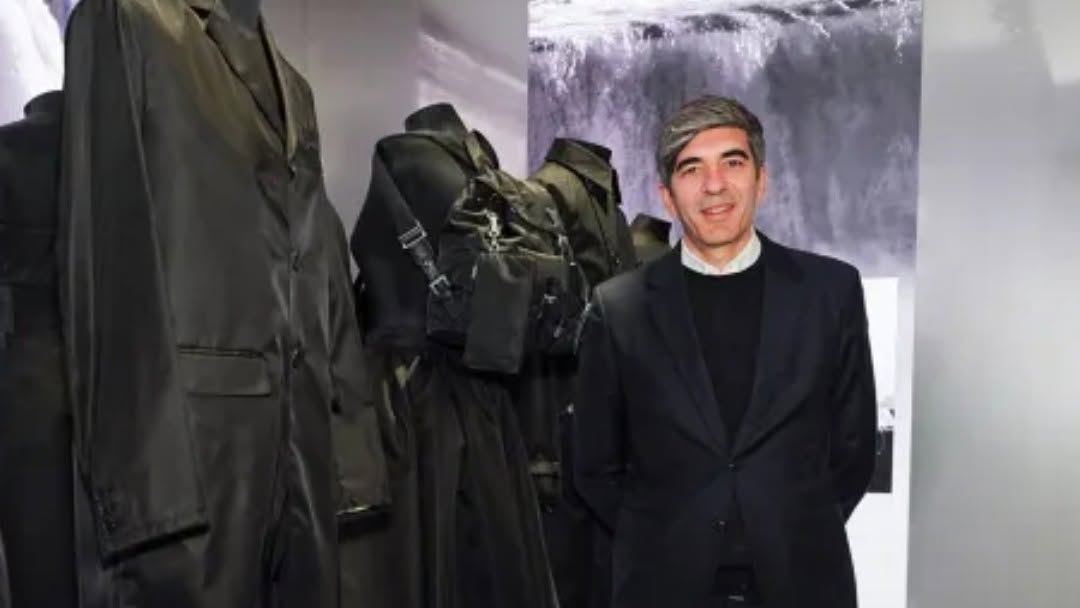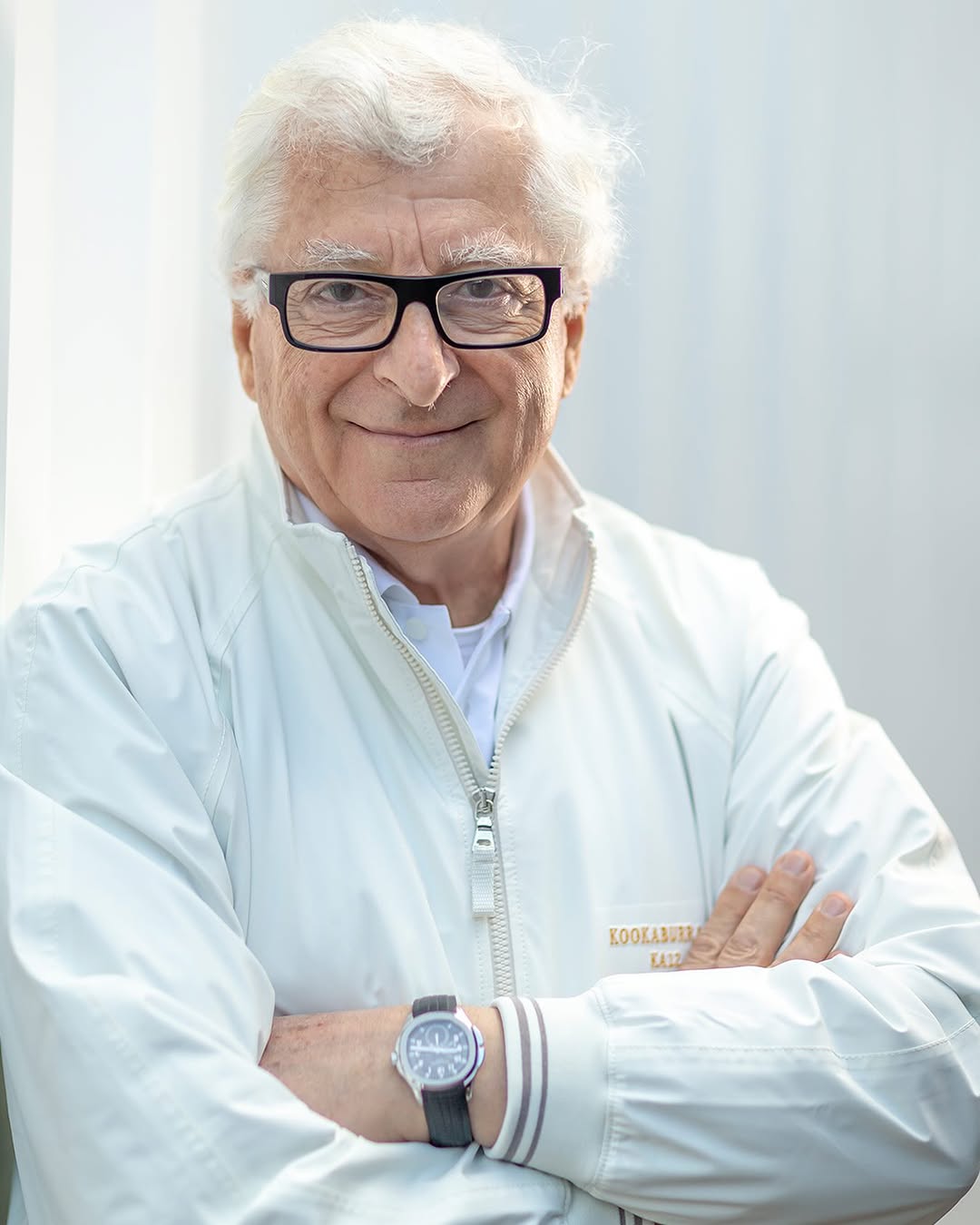Prada CEO Shake-Up: What Gianfranco D’Attis’ Exit Really Means for the Luxury Giant
Prada’s announcement that Gianfranco D’Attis will step down as CEO of its flagship brand on June 30 sent ripples through the fashion world. On the surface, it’s a leadership shuffle. Beneath it lies a deeper signal: luxury’s old guard is under pressure to deliver transformation in real time.
This isn’t just about one executive. It’s a case study in how legacy fashion houses are being forced to adapt to shifting consumer behaviors, aggressive M&A moves, and the unforgiving demands of the modern luxury market.
A Short, High-Stakes Tenure
D’Attis joined Prada in early 2023 as part of a broader corporate restructuring that introduced the role of brand-specific CEO—a move aimed at giving Prada and Miu Miu separate strategic direction. A seasoned operator, D’Attis brought with him deep experience from Dior Americas, IWC Schaffhausen, and Jaeger-LeCoultre, and was expected to drive the flagship brand’s performance while Group CEO Andrea Guerra focused on long-term growth and acquisitions.
Yet in just two years, the flagship brand posted only modest growth. Prada’s mainline retail revenue rose just 4% in 2024, and Q1 2025 came in flat. Meanwhile, sister brand Miu Miu experienced meteoric gains, up 93% in 2024 before settling to a still-impressive 60% growth in early 2025. The contrast was impossible to ignore, and so was the timing.
D’Attis’ exit coincides with Prada’s blockbuster €1.25 billion acquisition of Versace, adding complexity to an already delicate growth puzzle.

Gianfranco D’Attis
Who Will Lead Prada Now?
Rather than naming a successor immediately, Prada is consolidating leadership. Andrea Guerra, CEO of Prada Group, will assume brand CEO responsibilities on an interim basis starting July 1. Guerra, who took over group leadership in 2023, has held top roles at Luxottica, Eataly, and LVMH. He is known for integrating operational efficiency with brand equity—a skillset Prada now needs more than ever.
The choice to keep the position in-house, at least temporarily, suggests a desire for tighter strategic control during the transition period. With a major acquisition to integrate and a need to recalibrate the flagship brand’s momentum, Guerra’s presence at both the group and brand level is a bet on stability and operational clarity.

Andrea Guerra
Why Did D’Attis Step Down?
While Prada’s official statement frames the departure as a mutual agreement, the performance delta between Prada and Miu Miu is telling. D’Attis was tasked with delivering accelerated growth in a fiercely competitive market and under the watchful eye of a founding family still deeply involved in the company’s vision.
His background, though impressive, may not have aligned with the creative-commercial agility Prada now requires. As luxury consumers gravitate toward youth-driven brands and more experimental aesthetics—areas where Miu Miu is thriving—Prada may be seeking a leader more attuned to cultural relevance than heritage polish.
Who Owns Prada Today?
Though Prada is publicly listed on the Hong Kong Stock Exchange, real control remains with its founding duo. Patrizio Bertelli and Miuccia Prada retain a majority stake and continue to influence the company’s direction through family-controlled holding structures. Bertelli remains chairman of the board, while Miuccia Prada shares creative director duties with Belgian designer Raf Simons.
This unique blend of public accountability and private control has enabled Prada to move decisively on strategy—but it also means top-level shifts like D’Attis’ exit are often tightly aligned with family expectations and vision.

Patrizio Bertelli
What This Means for the Business of Luxury
Prada’s leadership shuffle underscores a broader shift in the luxury industry: titles are getting shorter, expectations are getting sharper, and legacy alone won’t guarantee growth. As conglomerates like LVMH and Kering reposition for Gen Z, brands like Prada must balance heritage storytelling with speed and relevance.
The decision to let go of a brand CEO just as the group doubles down on acquisitions reflects a cold calculus—performance is non-negotiable. With Guerra at the helm, at least temporarily, Prada is signaling a pivot toward operational precision and tighter brand alignment.
Whether this transition strengthens Prada or exposes deeper strategic gaps will depend on who takes the reins next—and how quickly Prada can reassert its flagship brand as a cultural force rather than just a legacy label.
Conclusion
Leadership transitions in luxury are rarely cosmetic. Gianfranco D’Attis’ early exit is more than a change in title—it’s a referendum on execution in an era where even storied brands must constantly prove their relevance. Prada has shown it’s willing to make hard decisions. The next one—who becomes permanent CEO of its flagship brand—could define the company’s next decade.
Related: What It Really Costs to Live Like a Billionaire
Related: How the World's Top CEOs Engineer Their Wellness for Peak Performance













